Clematis Kustova - one of the types of Clematis, which is not a curly plant. The bush form in its beauty and abundance of blossoms is not inferior to the royal lianam, and is a real decoration of any garden or a nice site. How to properly grow Clematis on the household plot, let's tell further.
Clematis Solitical Brush: Description
The homeland of Sustained Clematis is Eastern Europe and the Far East, however, this beautiful plant is cultivated in almost any moderate latitudes. Characteristics and features of this culture are as follows:
- Clematis solid-sized bush is a perennial herbaceous plant, the height of which reaches up to 1 meter.
- The shrub shape of Clematis is not so popular among florists, like the Royal Liana, but in their decorative properties does not infer the latter. Its root system is similar to the roots of liananide conifers. It consists of a variety of filamental roots collected in a bundle.
- The young shoots of Clematis of the bush are quite thin and weak, so they need a gap. This is especially true of tall varieties, predominantly hybrids, the length of the shoots of which can reach 2 m.
- No more than 7 flowers are located on each shooting of the bush clock. Inflorescences in this culture are reduced. They have a bell shape. The most common color is blue with white edge.
- The flowering of the bush Clematis continues throughout the three to four weeks. Inflorescences are beginning to bloom at the end of June.
- Even after the end of flowering, the plant does not cease to delight with its beautiful appearance. Cocktle the flowers come to the flowrels, which have silver color and twisted shape. They remain on shoots to the first frosts.
- With the arrival of autumn, the lowest varieties of clematis of the bush cut to the ground level. They winter and without additional shelter. Tall varieties are cut off, leaving only 20-30 cm of shoots, which are pressed against the ground and is covered with leaves or film.
Clematis bush: varieties
Among the bush clematis are most popular:
- Clematis bush white (straight). This shrub can reach 150 cm in height. Differs beautiful stems with white flowers. Stems are not very stable, so require garters.
- By the end of the autumn, the shoots die and need to cut them. Therefore, wintering straight bush Clematis can no shelter.
- Clematis Borshisoliol. Very beautiful shrub tall up to 1 m with blue-bluish tubular flowers. The upper part of the plant does not die to deep autumn. After that it is cut.
- Clematis Sixleplot. A long-term shrub is a height of more than 1 m with white folders. Blossom starts from the middle of the summer and continues for 2 weeks. Resistant to frost.
- Clematis Shrub blade. The bushes rarely reach the height of more than 80 cm. Flowers from the end of August to mid-September, yellow flowers with a diameter of about 4 cm.
Clematis Brush: landing
Although the bush clematis differs from many flowering plants with its unpretentiousness, to obtain a good bloom result, you should know the features of its landing and care.
The main stages of landing:
1. When choosing a site for planting a bush clematis, you should give preference to a well-lit space, although the plant is quite well felt in a half sense.
The bushes of Clematis are planted twice a year - early autumn and in the middle of spring, when the threat of frosts behind. However, in the regions with severe winters, the autumn landing is better transferred to the spring. The young plant can simply not transfer too cold weather.
2. For planting a bush, it is necessary to prepare a yam with a size of 20 x 20 cm and a depth of 10-15 cm. The pit is filled with a special mixture for flowering plants. You can cook it yourself. For this you need:
- Land garden - 2 parts.
- Sand - 1 part.
- Peat - 1 part.
- Humus - 2 parts.
3. To the finished mixture, it is better to add some mineral fertilizers (150 g), a couple of wood ash glasses and a dolomite flour (200 gr.). If the ingredients get problematic, you can buy a ready-made mixture for flowers in a flower shop.
4. From this mixture in the center of the pit, a small hill is poured on which the seedlings are installed and gently lay on its slopes of the roots of the plant. After that, the pit is not fully sprinkled by the soil, not tamping, and slightly moisturize.
5. Put the bush clematis in such a way that the growth point is slightly higher than the level of the Earth. In the course of growth of plants, the pit is gradually completely filled with soil. This method of landing will allow to achieve a faster and sustainable plant development.
6. In the first year, Bush Clematis must be quenched. Do it in order to form a point of growth and strengthen the root system of the plant. Also in the first year of growth should not be too overloaded by a non-formed root system of the bush. For this, half of the flowers are removed on young shoots.
Brush Clematis: Care
Plant during the entire cycle of his life does not require close attention. However, so that Clematis does not turn into a semi-wall shrub that will bloom rarely and only take a seat on the flower, followally care for it:
- The main event in the care of the shrub Clematis is regular weeding of flower beds with the removal of weeds. The latter can cause the rebirth of the plant with the loss of all the beauty and originality of its flowering. This is due to the fact that weeds absorb all nutrients from the soil, as a result of which the plant is experiencing a kind of hunger. Weeding will also provide an oxygen inflow into the soil.
- Watering plants should be moderate with orientation on weather conditions. More moisture Clematis Kustov requires during flowering. Too abundant irrigation can cause the appearance of fungal diseases, especially in low-sun or rainy weather, when the soil does not have time to dry normally.
- After irrigation, when the top layer of the soil snacks, it is necessary to explode the soil. Young plants during the rapid growth can be watered every other day. More adults 1-2 times a week depending on weather conditions.
- Protecting plants must be carried out regularly. Do it both for the formation of a bush and to preserve it in the winter. In the spring, the shoots grew from the kidneys should be seen. In the summer, the shrub is cut off, leaving only 20 cm. The remaining shoots are neatly tilted to the ground and covered with leaves.
- Bush Clematis is one of the many blooming plants that are very like fertilizer. That is why he simply needs a constant feeding. Conduct it twice a month using liquid fertilizers. The first feeding is carried out in early spring when forming plants shoots. For this prepare a special mixture at the rate of:
- ammonium nitrate - 2 grams per 1 liter of water;
- korovyan - 100 grams per 1 liter of water;
- chicken litter 70 gr per 1 liter of water.
For the first feeding for each bush poured 4-5 liters of the finished solution. The second - is carried out with the help of mineral fertilizers. Such feeders for Clematis of the bush can be used in any flower shop. In the future, the mixture alternate, and during the flowering period, mineral fertilizers and the organic can be made simultaneously.
Clematis Brush: Diseases and Pest
Like all flower plants, Clematis bush is subject to the effects of pathogenic organisms and pests. Most diseases appear due to improper landing and care of the bush Clematis:
- Gray rot. This fungal disease amazes the plant due to the wrong irrigation, as well as in a very rainy summer. The disease is manifested in the form of rapidly growing brown spots on foliage and plants. These necrosis are quickly covered with fungal disputes that can get into healthy individuals and infect them. With the appearance of signs of gray rot, the diseased plant must urgently remove from the flower and burn. The rest of the floweruba should be sprayed with solutions of Fundazola or Azocene (0.2%).
- Puffy dew. Like gray mold is a fungal disease. It appears a white powdery coating on the petals and leaves of the plant inflorescence. Fabrics that were under the bloom mycelium begin to grow brown and dry up. At the same time slows or stops the growth of plants, it blooms. With proper and timely treatment plant can still be saved. For this purpose, anti-fungal drugs such as fundazol, Azotsen, Topaz. Can be an antifungal solution to prepare yourself. To do this, take 250 grams of soap and 25-30 grams of copper sulfate and dissolved in water. Spray must not only diseased plants, but also for the healthy prevention.
- Rust. This fungal disease is manifested appearance on the leaf surface fungal spores that have a rust color. Leaves in dispute activity begin to wither and die, shoots are deformed. Treat this disease by means of a 2% liquid Bordeaux or oksihom drugs, etc. PolyChim
Among the most common pest problems delivering aphids and slugs. Methods of dealing with a large number of aphids:
- It is possible to treat all plants with a solution of liquid soap. To this must be diluted for 2 hours. L. soap 0.5 liters of water and mix thoroughly. Can be added to a solution of a few grams. vegetable oil. You need to spray all plants.
- Also, to combat aphids can help a soap solution, which was mentioned above, with the addition of 2-3 cloves of garlic, finely grated.
- For slugs arrange special traps. On a bed spread several layers of straw soaked in water. After a few days it is collected together with slugs, which are moving into and burned.

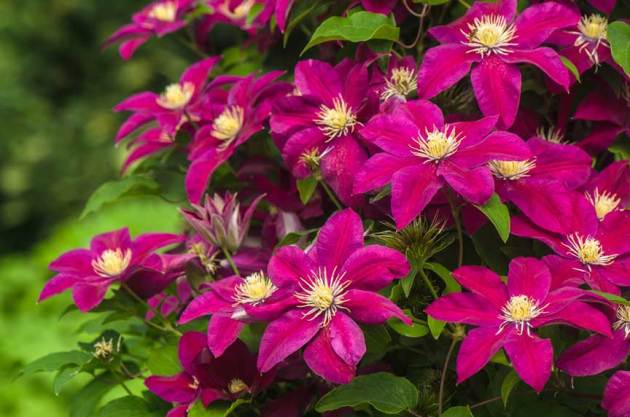
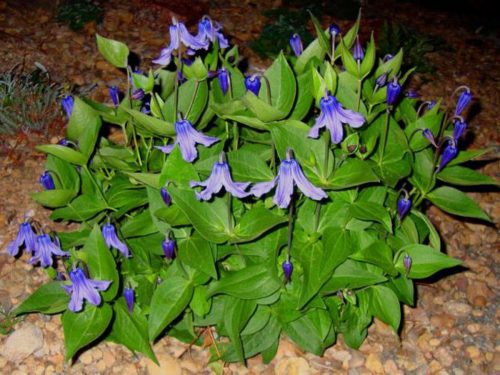
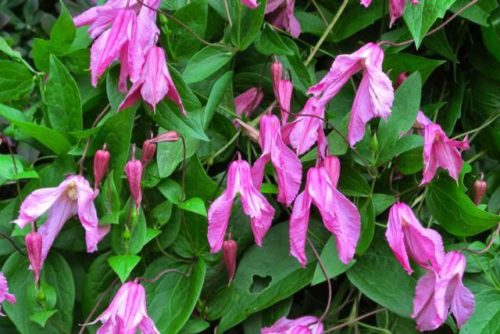
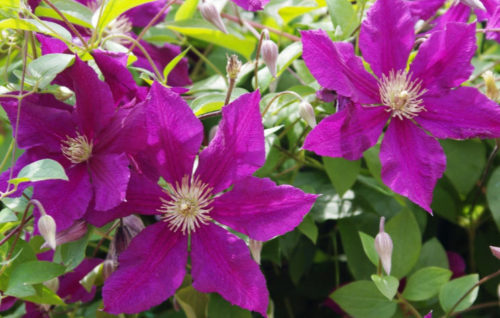
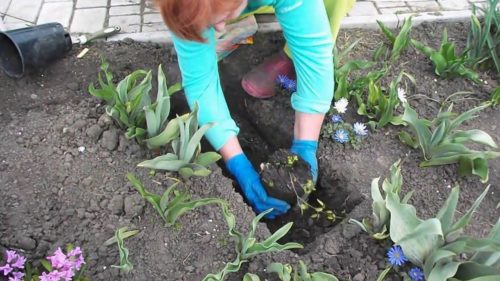
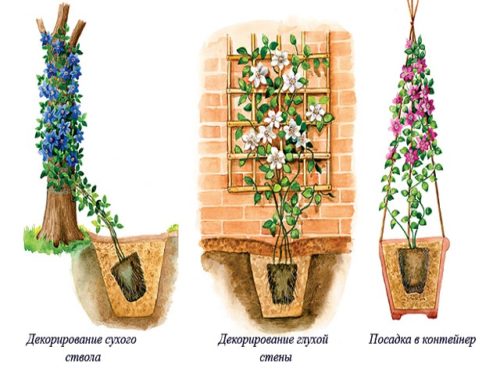
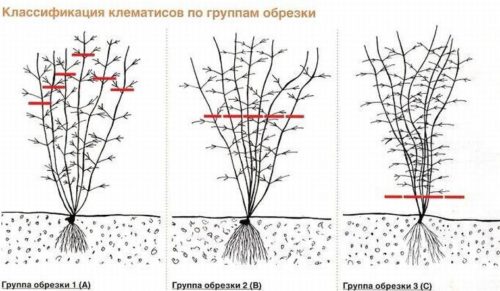
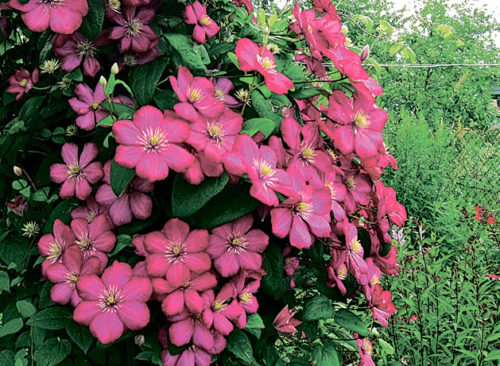

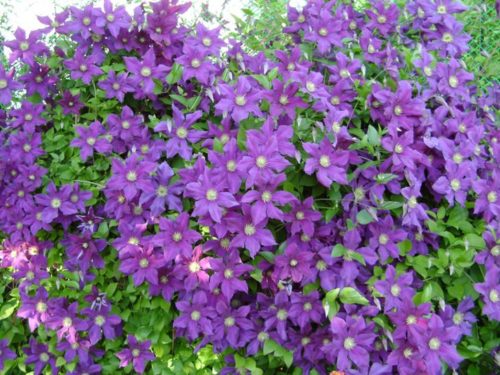
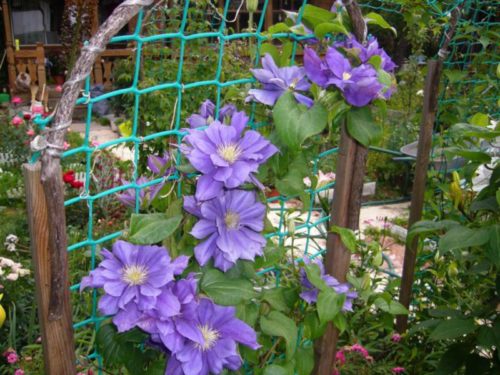
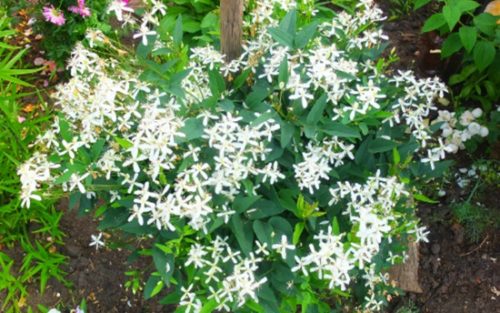












 Start a discussion ...
Start a discussion ...